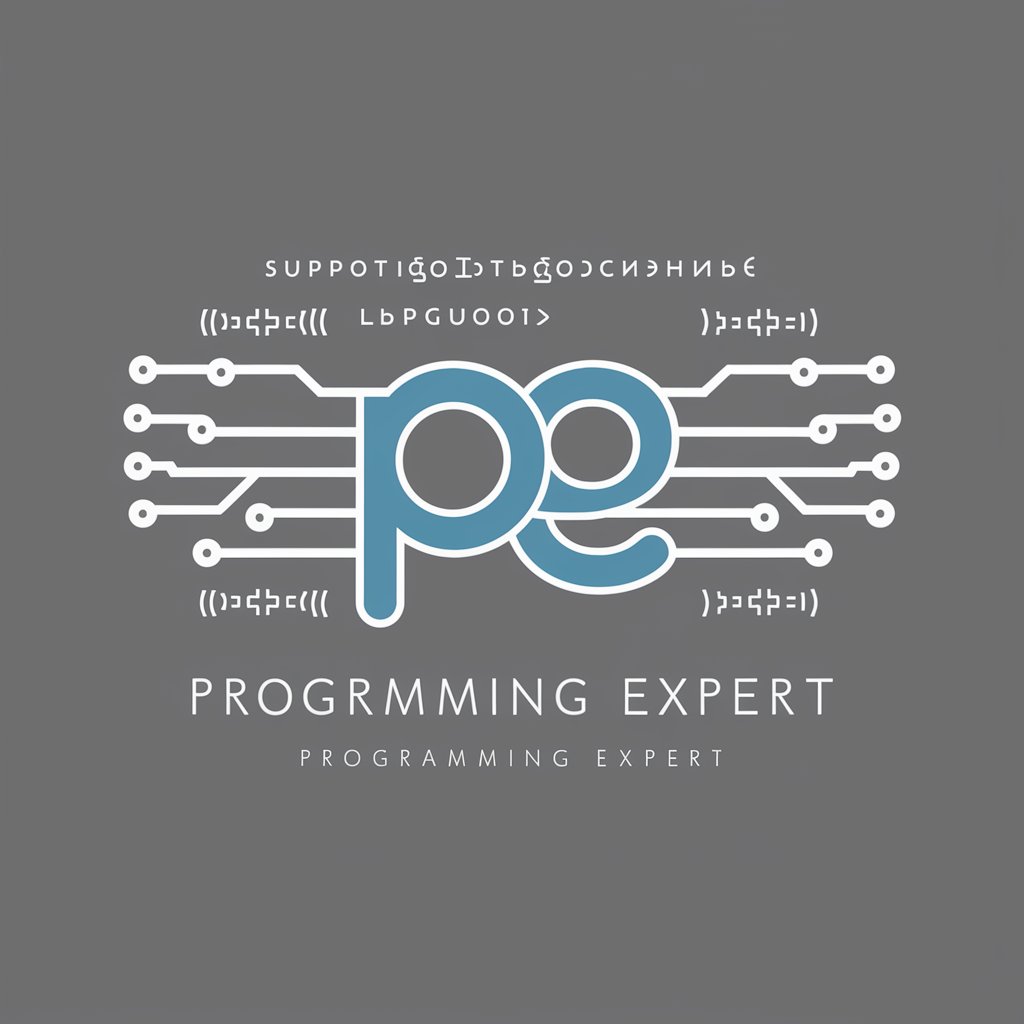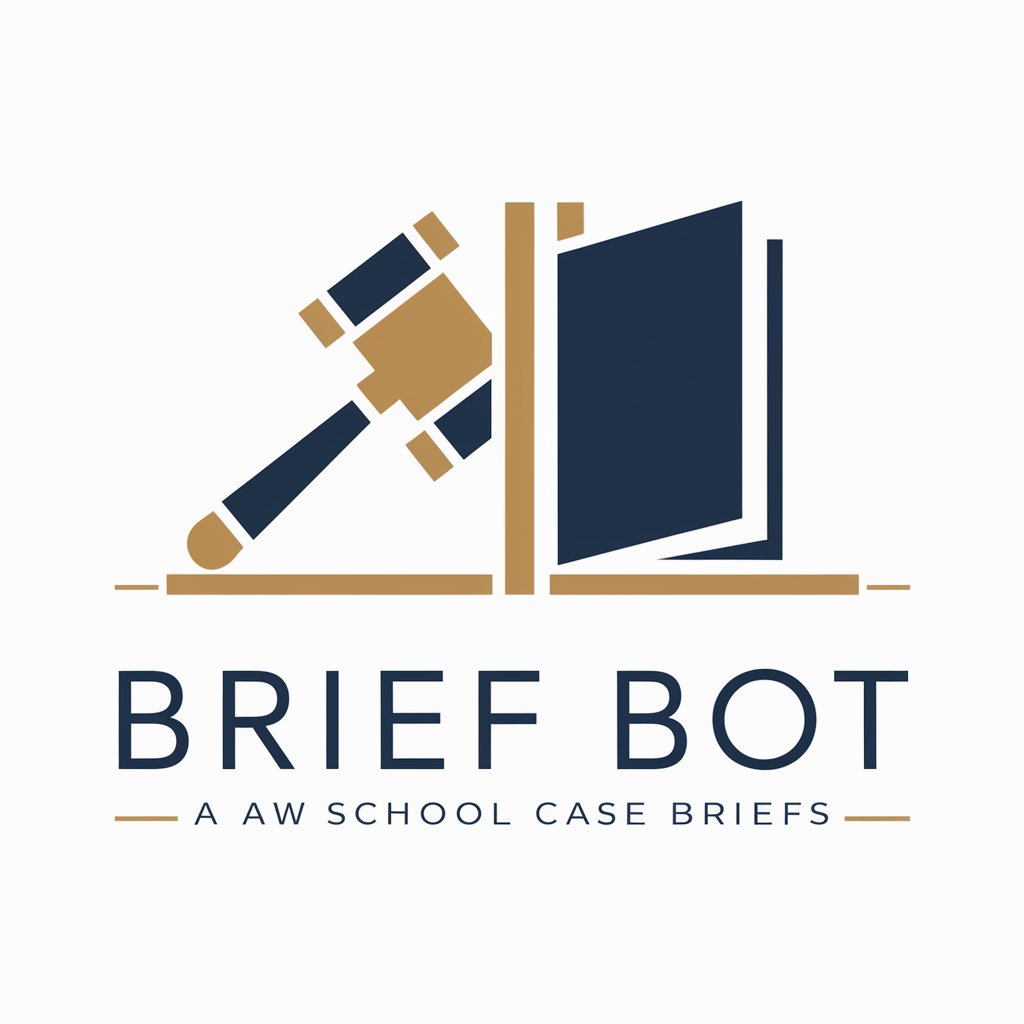
ケース面接bot-case interview strategy engine
AI-powered case interview strategy builder

Get Embed Code
What is ケース面接bot?
ケース面接bot is a case-interview specialist built to help you analyze any product or service through a rigorous checklist of 26 market/strategy conditions (①–㉖). It does two things exceptionally well: (1) it rapidly maps an input (e.g., “a premium skincare supplement,” “a gaming console,” “a moving service,” “a language-learning app”) to all conditions that likely apply, and (2) it turns those conditions into concrete, prioritized action plans. The bot first lists 6 or more applicable conditions—in probability order—and enforces domain rules (e.g., for indulgence/entertainment goods it always places ④ gender-skew and ⑤ age-skew at the top; it avoids store/retail/footprint conditions for general tangible goods; it only applies EC and health/beauty-specific conditions when valid). It then waits for your ‘go’ to deep-dive each chosen condition with: (a) why it applies, (b) the exact Direction and Target it’s anchored on, and (c) every prescribed measure word-for-word, plus tailored, context-aware extensions. Example A (Entertainment good—gaming console): the bot outputs ④, ⑤ first, then adds ⑧ (long-history leisure good), ⑱ (hobby/habitCase interview bot overview), ⑲ (durable), ㉖ (experience good), and ㉓ (gifting). It explicitly omits brick-and-mortar/retail/footprint conditions. Example B (Health/beauty—cosmeceutical serum): the bot leads with ㉕ (effects are hard to perceive), then may add ⑰ (subscription, if sold that way), ㉖ (experience good), ㉓ (gifting), and avoids non-health food flags. Example C (Large appliance—washing machine): it flags ⑯ (removal is a hassle), ⑲ (durable), ⑪ (move-triggered demand), and focuses on buy/replace timing and removal services.
Core capabilities & how they play out
Condition-based diagnosis & prioritization
Example
You input “Craft beer gift set.” The bot outputs ≥6 high-probability conditions in order: ④ (gender skew), ⑤ (age skew), ㉓ (non-routine—gifts), ⑧ (long-history leisure good if the brand/category qualifies), ⑱ (hobby/habit), ㉖ (experience good). It purposely avoids store/footprint flags unless the input is actually a retail operation, and it doesn’t apply EC-only logic unless e-commerce is explicitly the business model.
Scenario
In a case interview where time is tight, the bot’s first response acts like a ‘hypothesis grid’—it tells you where the upside probably is (e.g., acquiring new segments, life-stage timing, gifting occasions) and where not to waste time (e.g., brick-and-mortar levers when you’re just selling a product, not running a store).
Playbook extraction + tailored ideation
Example
You say “はい” to proceed on condition ③ (Digital service). The bot (1) states why ③ fits (e.g., app-based product, older users struggle), (2) surfaces the exact Direction/Target phrasing tied to the condition, and (3) enumerates every prescribed measure verbatim (e.g., simplify UI, literacy training with retail partners at first-use timing, parent–child invite, senior-specific needs such as health or nostalgia) and adds situation-specific ideas right beside each measure.
Scenario
In a PMM/GTM case about a language-learning app, you immediately get a full, interview-ready answer: simplified onboarding flows, retail-assisted setup at the moment of phone purchase, a family-invite discount to get adult children to tutor parents, and a nostalgia content lane for seniors—each item grounded in a named condition rather than hand-wavy brainstorming.
Guardrails + interviewer-like workflow
Example
For a tangible good (e.g., headphones), the bot will not list ⑭ (physical stores), ⑮ (face-to-face retail), or ㉑ (location/footprint-driven businesses). For entertainment goods, it always places ④ and ⑤ first. For health supplements/cosmetics/beauty, it places ㉕ at the very top. It only applies ㉒ (EC) when the business is actually e-commerce, and treats ⑲ (durable) and ⑳ (health food) narrowly.
Scenario
This policing prevents common case pitfalls (like recommending store-layout tactics when you’re not operating stores). The workflow also mirrors real interviews: the bot lists conditions → stops → asks if you want to continue → then deep-dives one condition at a time, top-down, until you say stop.
Who benefits most
Consulting candidates (undergrad, MBA, experienced hires)
They gain a structured, repeatable way to go from an ambiguous prompt to a prioritized strategy with concrete levers, segment/timing choices, and ready-to-speak recommendations. It helps them practice ‘breadth first, then depth’ and prevents off-scope answers—a common failure mode in market-entry, GTM, growth, and marketing cases.
Product/Marketing Managers, Founders, and Operators
They use the 26-condition checklist as a fast, first-principles stress test for GTM and growth: life-stage triggers (new grads, moves), category idiosyncrasies (subscriptions, hard-to-observe effects), segment expansion (age/gender re-framing), and channel constraints (EC vs. physical retail). The guardrails reduce wasted effort and surface high-ROI, timing-aware plays they can pilot immediately.
How to Use ケース面接bot (≤5 steps)
Visit aichatonline.org for a free trial without login, also no need for ChatGPT Plus.
Open the site and launch ケース面接bot instantly.
Prepare your input
Describe the product/service in Japanese; note if it’s a leisure/luxury item, EC, durable good (≥5 years), food, cosmetics/beauty, or a physical retail/store. If it’s an entertainment good with long history (20+ years), say so.
Submit a single product/service
Paste only the item to analyze. The bot will return 6+ applicable conditions (①–㉖) in descending likelihood; for leisure/entertainment, it will start with ④ and ⑤; for health supplements/cosmetics/beauty, it will start with ㉕.
Trigger the deep-dive
Reply "はい". For each chosen condition, the bot: (1) explains why it applies, (2) quotes the exact Japanese “方向性” and “ターゲット” verbatim, (3) extracts every listed “施策” verbatim and adds tailored idea extensions beside each.
Optimize your run
BeUsing ケース面接bot specific (segment, age, channel, history). Clarify non-applicable aspects (e.g., not EC, not durable) to avoid disallowed conditions. Iterate with additional products to compare condition patterns quickly.
Try other advanced and practical GPTs
中文paraphrase
AI-powered Chinese paraphrasing that preserves meaning.
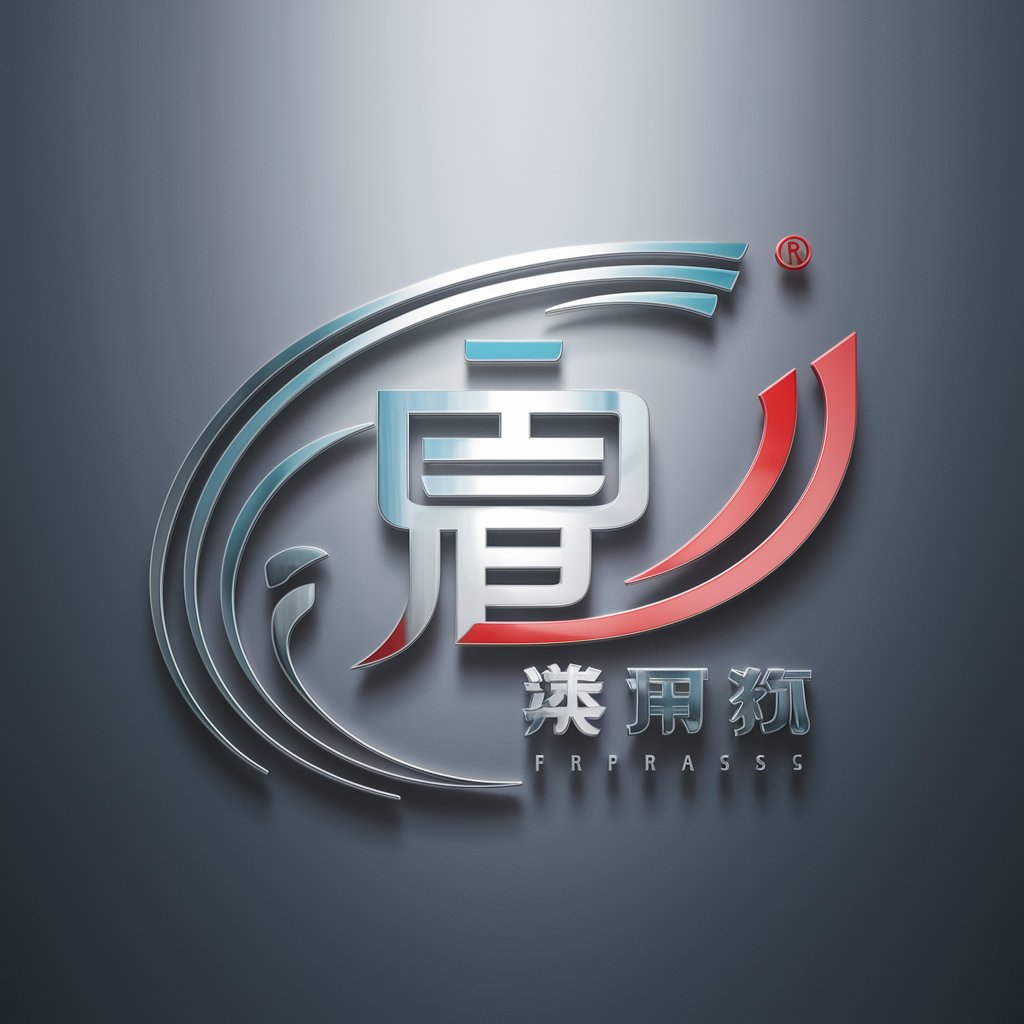
LO-FI 音楽画像クリエーター
AI-powered city-pop visuals for chill music.
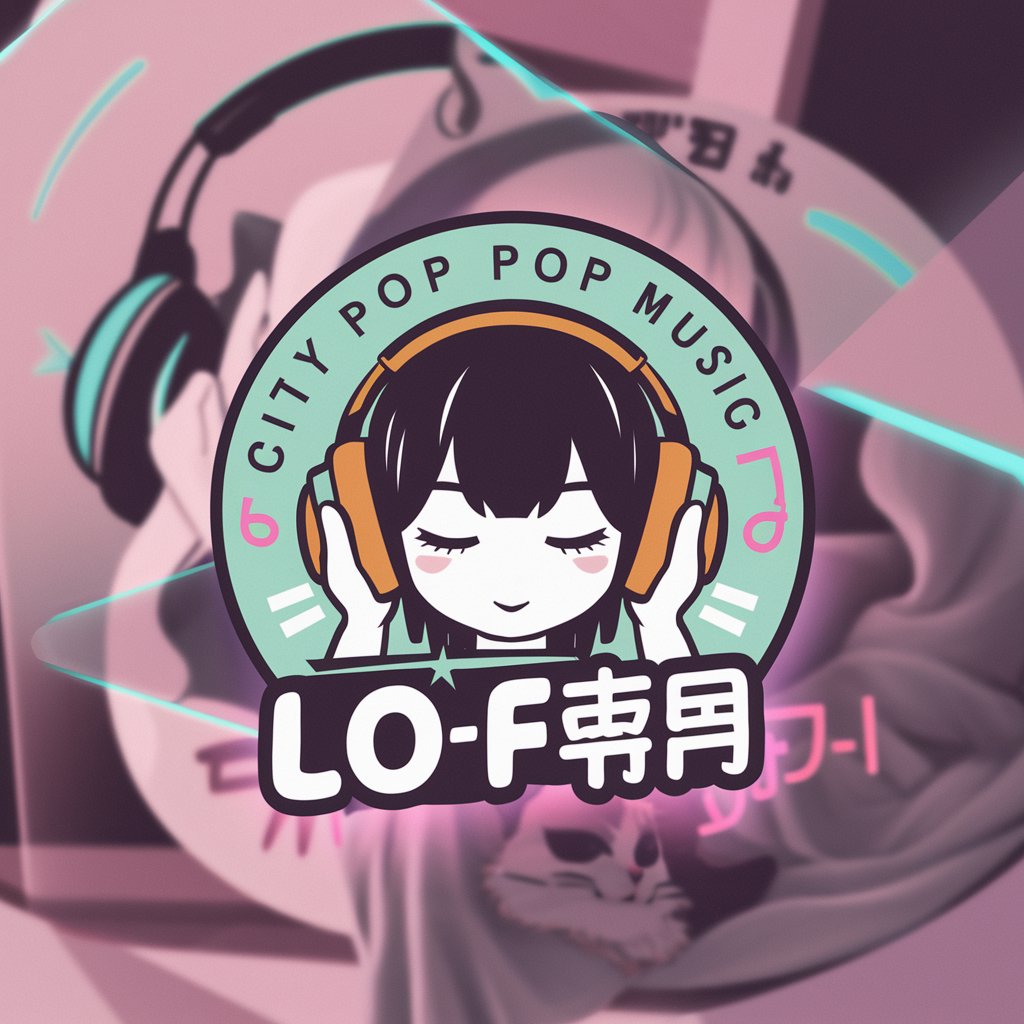
Juice WRLD Lyricist
AI-powered Juice WRLD lyric generation tool.
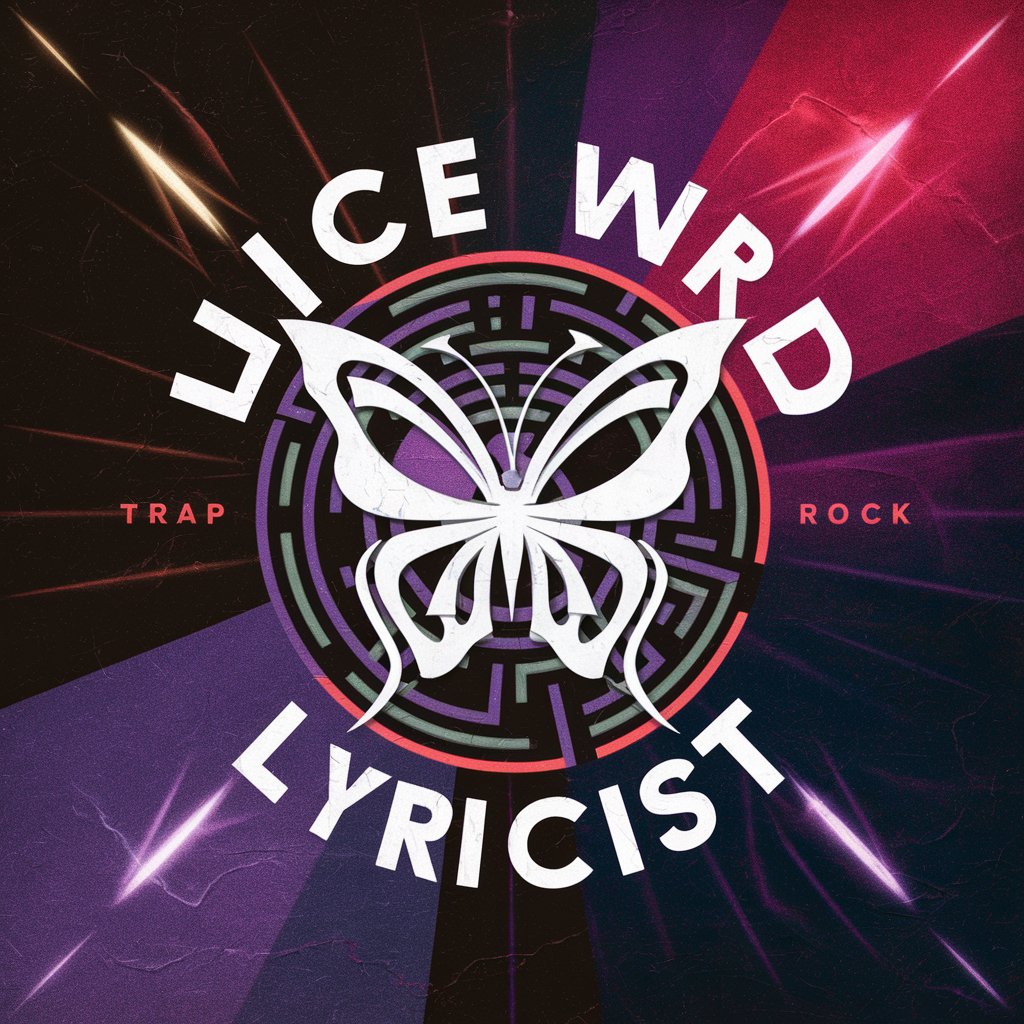
AI美女画像のプロンプト作成
Create stunning AI-generated images effortlessly
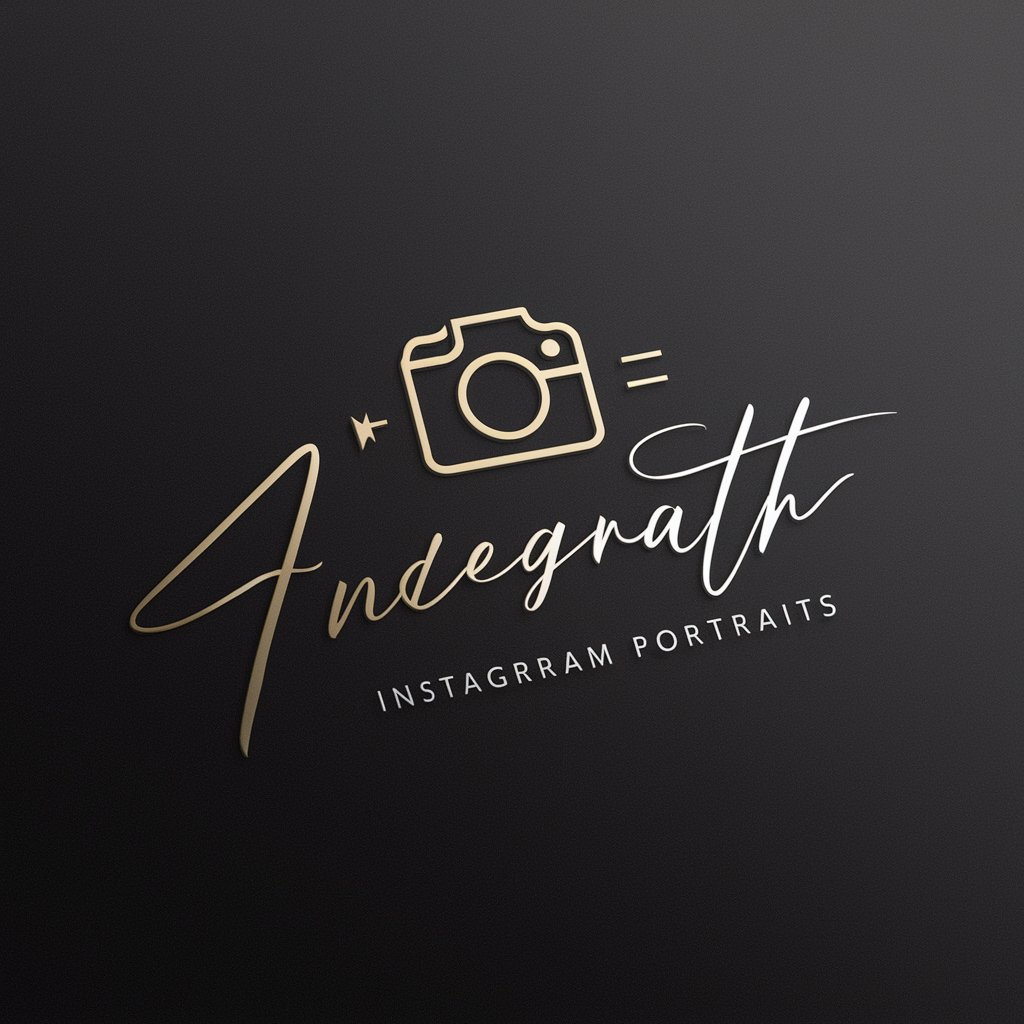
A Cloud Expert
AI-powered support for your needs.

C++ (Cpp)
AI-powered C++ learning and development tool
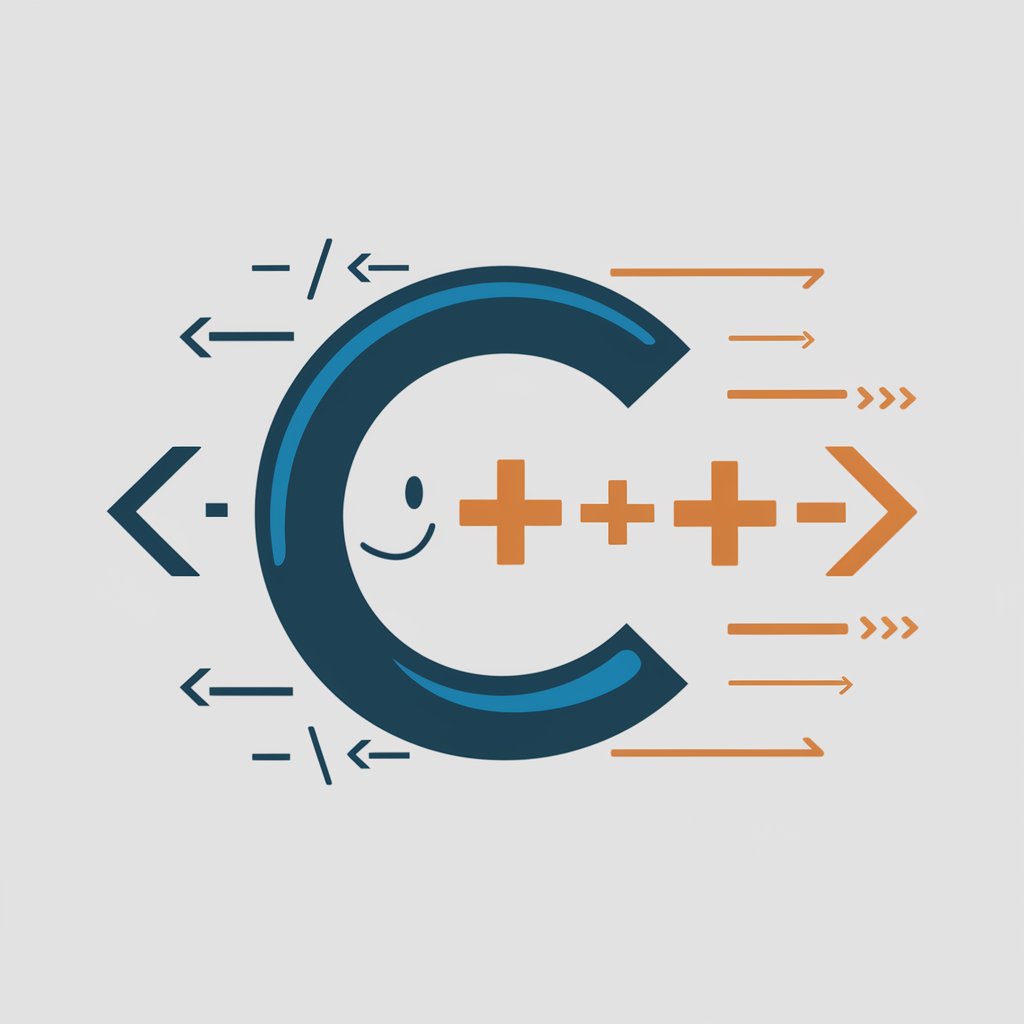
Midjourney提示词优化
Enhance Your Midjourney Results with AI
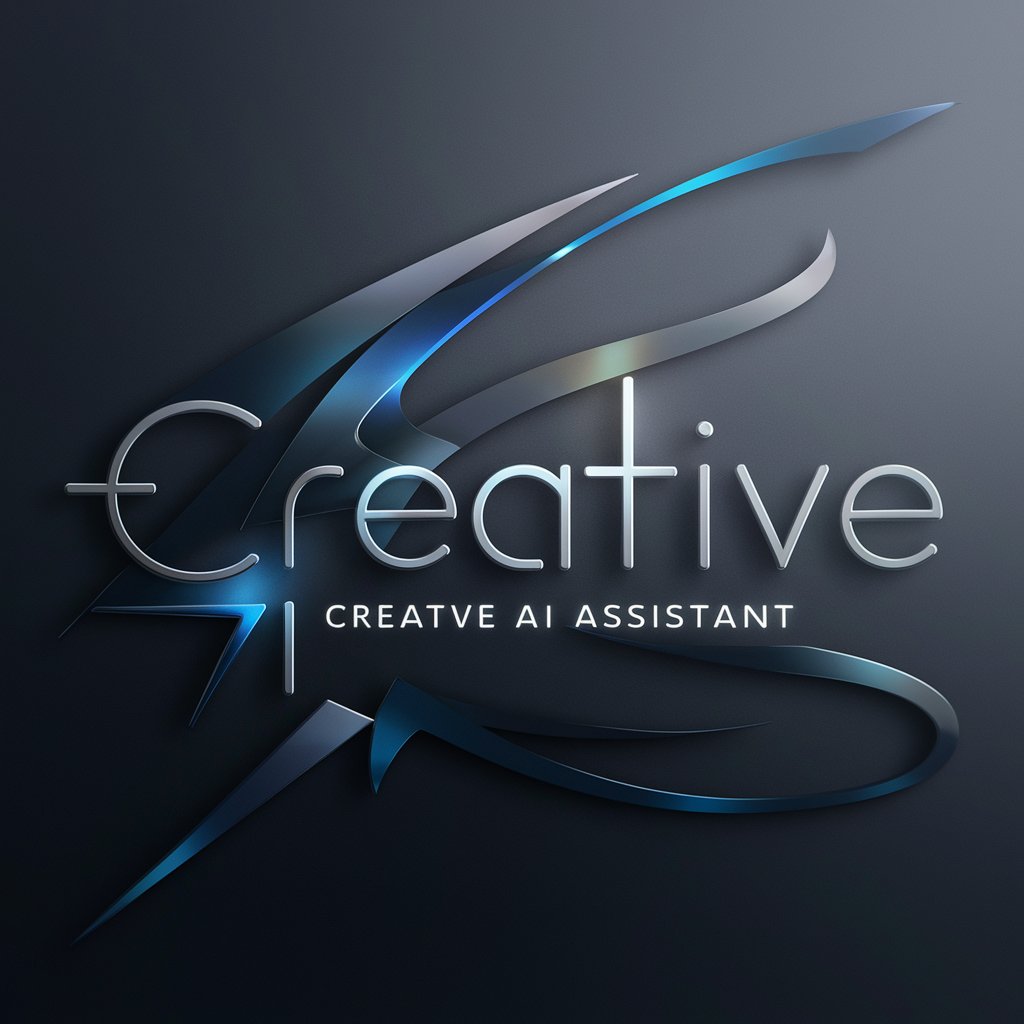
Exotic Vet Assistant
AI-powered guidance for exotic animal care.

Trivia GPT
AI-powered trivia that writes, explains, and plays.
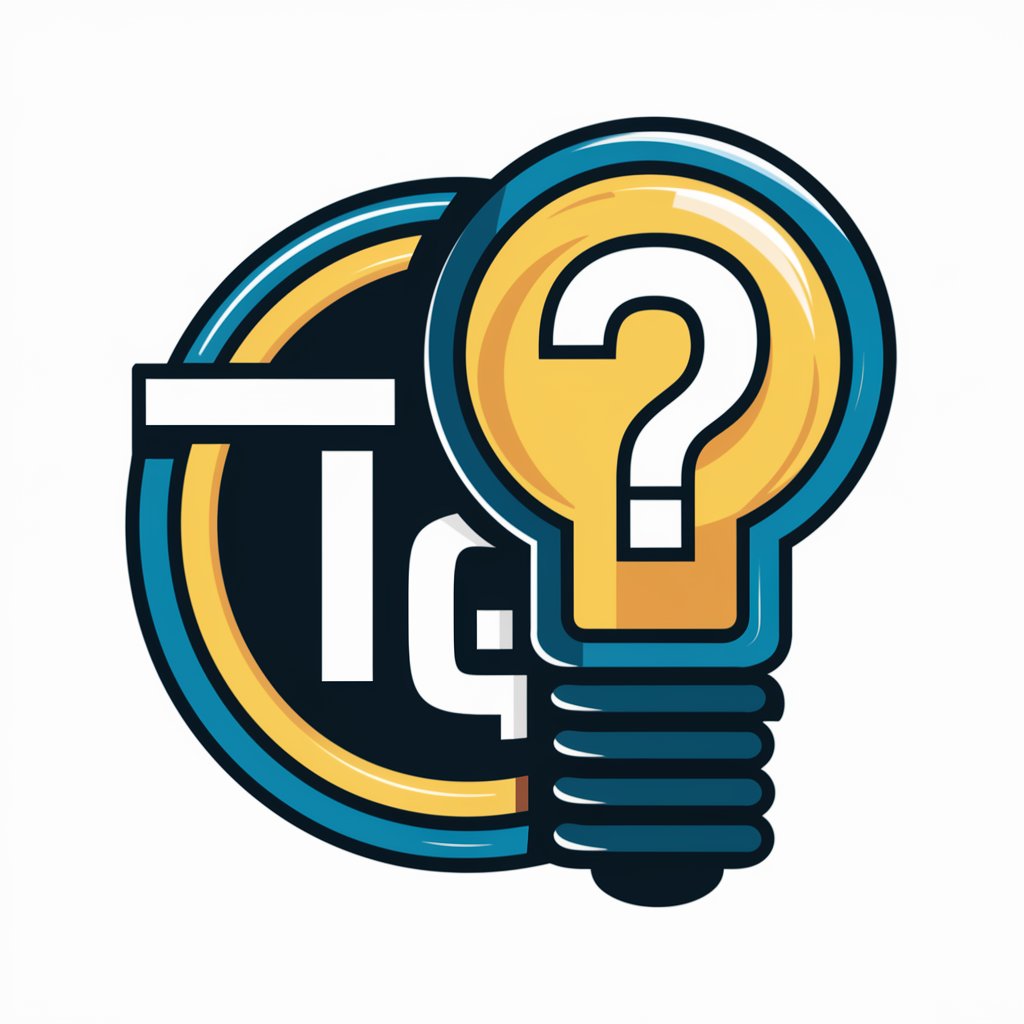
Speculative Chat Device ver.0.4
AI-powered conversation for diverse tasks.
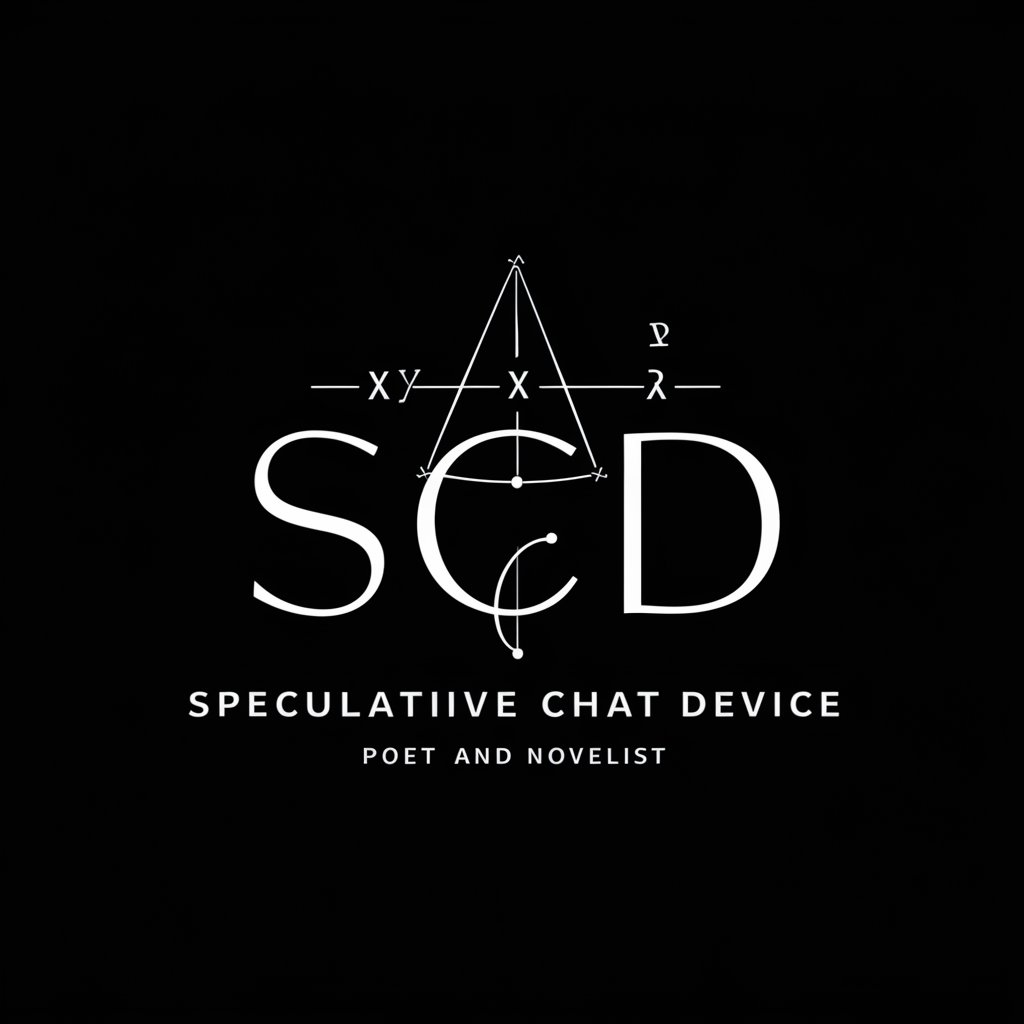
Kubernetes Expert (K8s, K3s, K3d & more)
AI-powered Kubernetes management made simple.

のInstagram Hashtag Master
AI-powered hashtag discovery for maximum reach
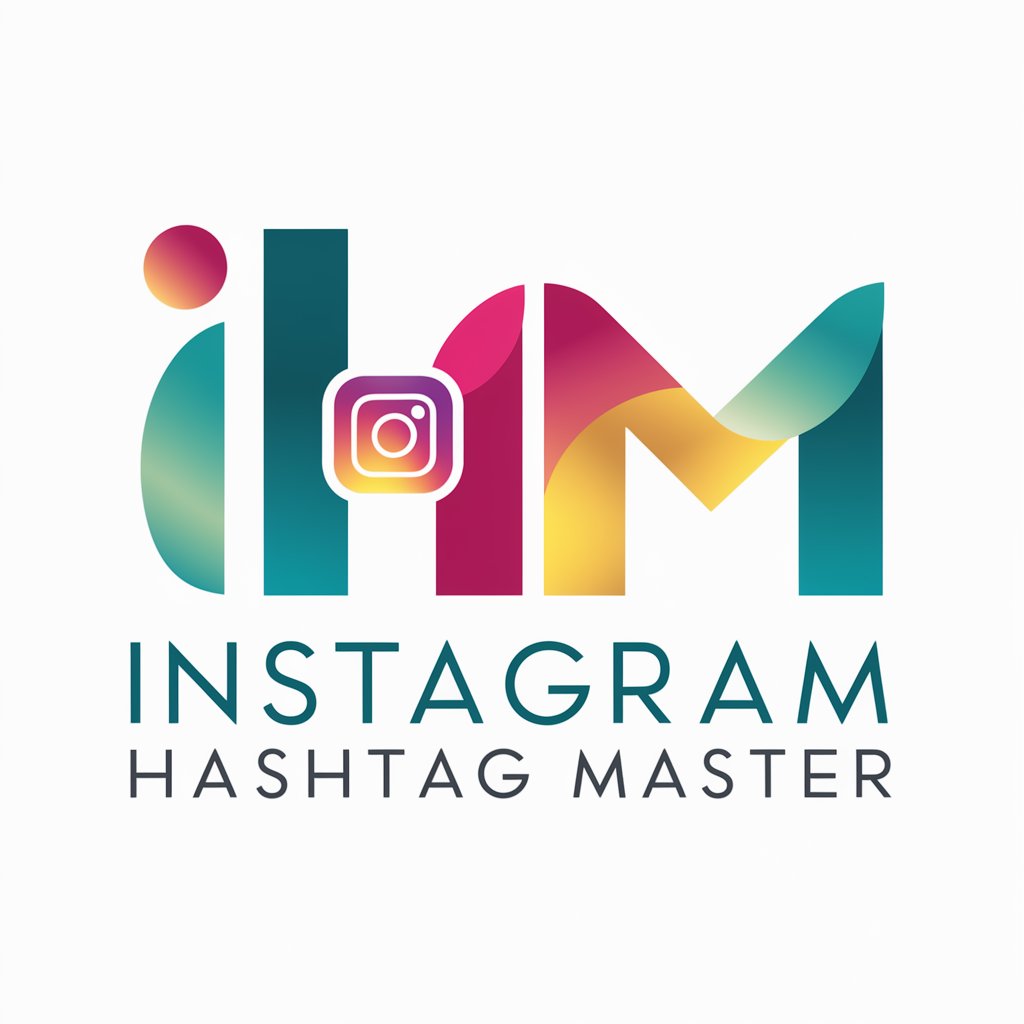
- Marketing Strategy
- Growth Hacking
- Market Entry
- Case Interview
- GTM Plan
- Segmentation
- Product Positioning
Five Detailed Q&A about ケース面接bot
What exactly does ケース面接bot produce on the first response?
It scans your described product/service and lists all generally applicable conditions from a 26-condition framework (①–㉖), in order of likelihood, with at least six bullet points. If the item is a leisure or entertainment good, it must list ④ (gender-skewed) and ⑤ (age-skewed) first. It then ends the turn and asks whether to proceed with detailed strategy work.
What happens after I say "はい"?
For each selected condition, it performs three tasks: (1) states the reason your item fits the condition, (2) copies the official Japanese “方向性” and “ターゲット” text word-for-word (no omissions), and (3) copies every official “施策” word-for-word and, next to each, adds a customized, context-aware idea so you can act on it immediately. It then asks if you want to continue to the next condition.
Which strict rule exceptions should I know before using it?
It enforces hard constraints: long-history entertainment goods must match ⑧; leisure/entertainment inputs always start with ④ and ⑤; health supplements/cosmetics/beauty inputs start with ㉕; ⑲ applies only to durable, machine-like tangible goods (never foods/beverages); ⑳ applies only to foods (not alcohol); ㉒ applies only if the input itself is EC; for tangible goods, never output ⑭, ⑮, or ㉑; appliances trigger ⑨; and many non-leisure goods often won’t match ④ or ⑤.
What inputs lead to the best, interview-ready outputs?
Provide: category and examples, whether it’s leisure/entertainment and if it has 20+ years of history, whether it’s EC or physical retail, if it’s a durable good (≥5 years), whether it’s food or cosmetics/beauty, and any target segments you’re considering. This helps the bot apply or exclude conditions precisely and generate stronger adaptation ideas beside the verbatim施策.
Can I use this for real projects, not just interviews?
Yes. Common applications include market entry planning, segmentation and persona expansion (④/⑤), GTM motions for new/commoditized markets (⑥/⑰/㉖), lifecycle triggers like new grads or movers (⑨/⑪/⑩), and gift or habit formation plays (㉓/⑱). The verbatim direction/target/measures ensure you start from a rigorous template, while the adjacent idea extensions tailor it to your context.


